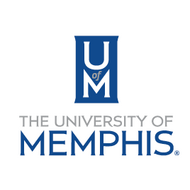The OER Starter Kit
(View Complete Item Description)Short Description: This starter kit has been created to provide instructors with an introduction to the use and creation of open educational resources (OER). The text is broken into five sections: Getting Started, Copyright, Finding OER, Teaching with OER, and Creating OER. Although some chapters contain more advanced content, the starter kit is primarily intended for users who are entirely new to Open Education. [Version 1.1. Revised September 5th, 2019.] Long Description: This starter kit has been created to provide instructors with an introduction to the use and creation of open educational resources (OER). The text is broken into five sections: Getting Started, Copyright, Finding OER, Teaching with OER, and Creating OER. Each chapter is accompanied with learning objectives and most chapters feature interactive elements and opportunities for readers to engage with the text. Although some chapters contain more advanced content, the starter kit is primarily intended for users who are entirely new to Open Education. Word Count: 26179 (Note: This resource's metadata has been created automatically by reformatting and/or combining the information that the author initially provided as part of a bulk import process.)
Material Type: Textbook




















